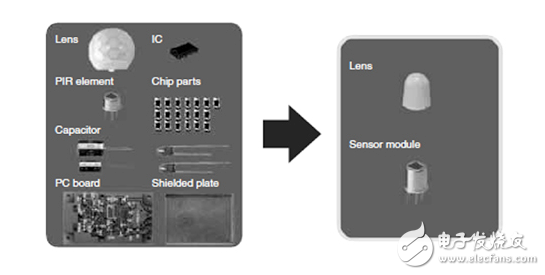
资料下载

无线传感器:智能大厦系统的眼睛和指尖
无线传感器:智能大厦系统的眼睛和指尖
智能建筑提供储蓄和更多
实施智能楼宇管理系统的举措基本上是出于对环境,可持续性和能源价格的关注。据美国绿色建筑委员会的数字,由环境保护署(EPA)引述,建筑物占36%的能源使用总量和电力消耗的65%。
随着节能技术的出现,一些在建筑行业表明,能源是最大的可控运行费用在一个建筑物。作为节省时间的一个例子,可以随着时间的推移,加利福尼亚能源委员会声称已经削减了超过740亿美元,从最终用户的能源法案,因为在1977仅在加利福尼亚,通过建立相关的效率的举措,如其标题第24条规定。
约70%的电力供应给建筑物被认为是消耗照明和供暖/通风/空调(HVAC)系统。这些服务的智能管理,可以帮助减少电力消耗,通常由于过度加热或通风节省能源,或照明未使用的地区。除了有机会节省,智能建筑系统也可以帮助业主提高资产的价值,提供更大的舒适。寻求租用办公空间的企业客户可以理解舒适的工作环境和更好的生产力之间的联系,而且也可能会发现更容易招聘技术人员谁期待愉快的工作条件。

Intelligent building systems can improve comfort for occupants by ensuring that rooms and spaces are not over-heated or over-ventilated, and by optimizing light levels in specific areas as needed to support the tasks or activities being carried out. Smart, adaptive controls such as these can be used in conjunction with an intelligent approach to building design that maximizes use of natural resources such as daylight and atmospheric pressure to assist the building’s lighting, ventilation and cooling systems. The orientation of the building and its windows can significantly influence the amount of natural light available during normal working hours. In addition, engineered building products such as adjustable fanlights or solar light pipes can be used to manage daylight and top up light levels in targeted areas.
声明:本文内容及配图由入驻作者撰写或者入驻合作网站授权转载。文章观点仅代表作者本人,不代表电子发烧友网立场。文章及其配图仅供工程师学习之用,如有内容侵权或者其他违规问题,请联系本站处理。 举报投诉
- 相关下载
- 相关文章






